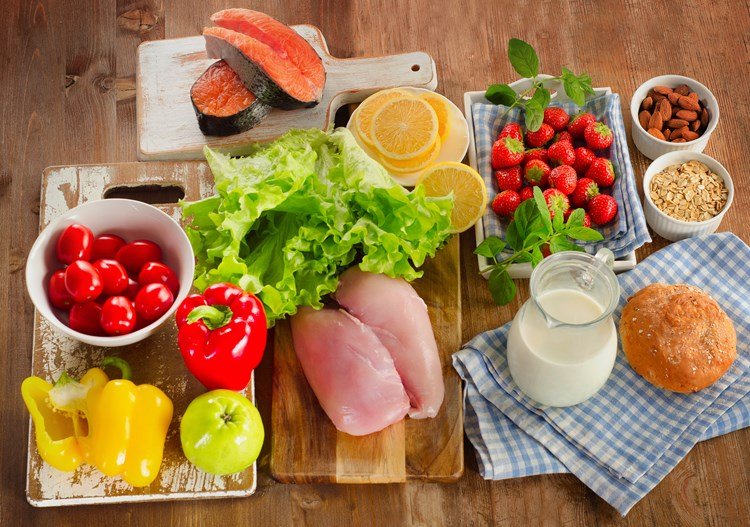What to eat when there are stones in the gallbladder?

What is the gallbladder? The gallbladder is an organ located below the liver, in an elongated shape, no greater than 8 cm in length, whose function is to store part of the bile produced by the liver and then release its contents into the duodenum at the time of the foods.

This is achieved by the contraction of the gallbladder that is mediated by basically chemical and hormonal stimuli that occur just after the ingestion of food, even more so of foods with fats. Bile plays an important role in the process of digestion of fats. Bile is mainly made up of cholesterol and bile salts.
Table of Contents
Why do gallstones form?
Gallstones, called gallstones, are formed due to hormonal stimuli, by defects in gallbladder contraction or by changes in the proportion of cholesterol and triglycerides in the bile, which leads to it becoming denser and they begin to form crystals that increase in size until they form stones or stones.
Risk factor’s.
There are some risk factors that predispose to the formation of gallstones or stones. Among them:
- Obesity or being overweight.
- Rapid and marked weight loss.
- To be a woman.
- Diabetes.
- Family background.
What diet care should be taken when there are stones in the gallbladder?
The principle of the diet in gallstones seeks to avoid complications: inflammation of the gallbladder (cholecystitis), migration of stones to the bile duct with the risk of bile duct infection (Cholangitis) or inflammation of the pancreas ( pancreatitis ).
General recommendations:
- Avoid large or large meals.
- Eat divided at least 5 times a day, 3 moderate main meals and 2 snacks.
- AVOID all kinds of fatty foods.
- Always baked, cooked, steamed or boiled food, never fried.
- Drink plenty of water.
- Avoid extreme temperatures in foods that can serve as a greater stimulus to the gallbladder.
Recommended foods.
- Fat-free soups or porridges.
- Vegetable oils, preferably olive.
- Mashed potatoes, or baked.
- Vegetables or greens in general.
- Pasta, noodles, macaroni, etc.
- Dairy, skim or skim only.
- Fish: preferably cooked or grilled whites.
- Sausages: only turkey and chicken ham.
- Baked or grilled skinless chicken.
- Boiled or grilled beef, rabbit, lamb.
- Bread and prepared with wheat flours: cookies without butter.
- Sweets and desserts, such as jams or compotes.
- Cooked or raw fruits.
Foods advised against.
Avoid all kinds of foods that can stimulate the secretion of bile.
- All fatty or fried foods.
- Candy and food with colorants.
- Avoid whole grains.
- All kinds of grains, legumes and seeds.
- Caffeinated foods, tea, yerbamate.
- Fizzy drinks.
- Red meat.
- Alcoholic beverages, in particular beer.
- Elaborate, spicy and pepper sauces.
The solution of the stones in the gallbladder is surgical, with the removal of the organ, which is generally achieved by laparoscopy (laparoscopic cholecystectomy).
Recommended diet after cholecystectomy.
- First 24 hours, liquid and soft diet to tolerance, without fat.
- Then you must maintain a soft diet for 2 more days.
- After the third day, a diet is started with some solid foods in small portions.
- The restriction of fats, fried foods and grains usually extends for the first week, being able after that period, to start a complete diet to tolerance. Most of the patients tolerate their diet without restrictions in a short time. If any symptoms appear, your doctor will be able to guide you to solve the problem.


